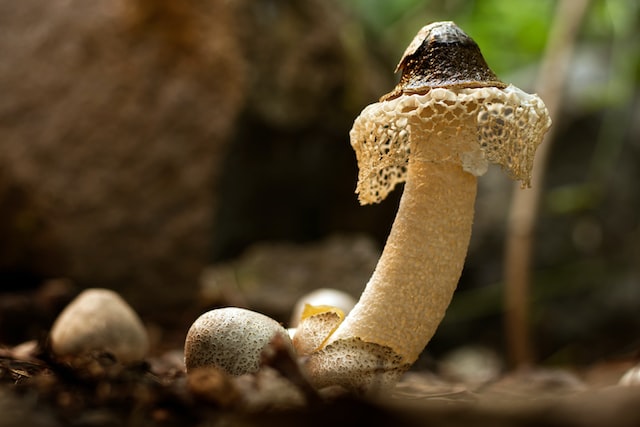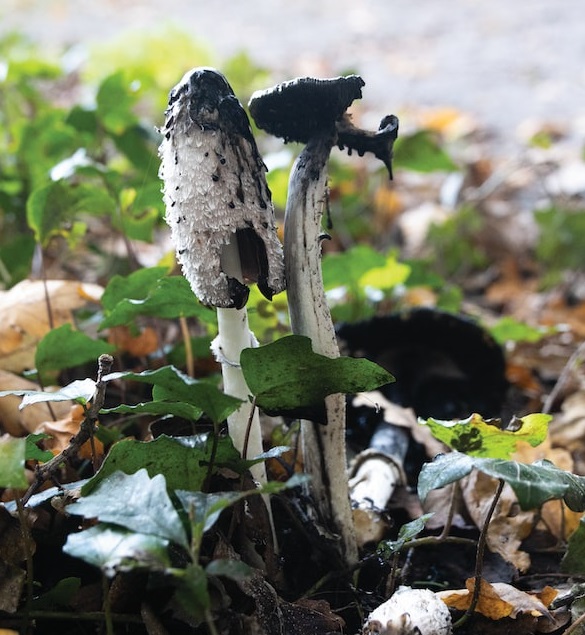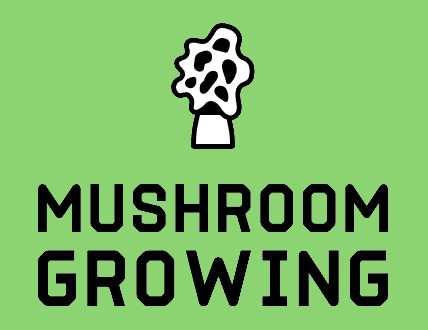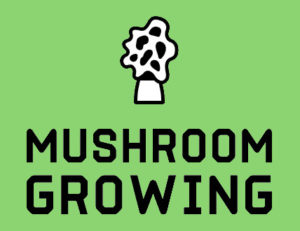Seeing mushrooms growing on a lawn results in people either being intrigued and curious or confused and worried. There are so many different types of mushrooms, some good and others bad.
A number of these mushrooms are edible, while some are poisonous. Given the confusion you are probably rubbing your chin, wondering what are they? Are they bad? Should I remove them? How can I stop them from growing on my lawn in the future? We’ll cover all of this below.
Why are mushrooms growing on my lawn?
Before we jump into the types of mushrooms that may be growing on your lawn, let’s look at why they are growing here. Ultimately, if mushrooms are growing on your lawn, it is because you are meeting their ideal conditions. That is for underground fungus to reproduce.
In essence, it must mean the soil under your grass has adequate food and the proper humidity levels and temperature. Like any plant, mushrooms require certain things to reproduce and flourish. These include:
- Damp, humid conditions
- Shaded, protected areas
- An area rich in organic matter
Lots of mushrooms grow specifically from lush lawns due to the artificial fertilizers that get applied - there are some species that really flourish in this very nutritious environment, although I’m not sure if I’d fancy eating any of them, even if they were edible!
Are these mushrooms bad for my lawn?
A handful of mushrooms sprouting up on your lawn is not necessarily bad. It’s the opposite and is a sign that you have healthy soil. The reproductive component of fungi that inhabits soil are mushrooms. Most of the time, the fungi remain hidden and break down organic material.
However, they flourish when the right conditions are met, and the mushrooms spread spores into the air. Then, they go away when the sun arrives, and the soil dries up. Ultimately, mushrooms growing are typically a good sign, and they usually are beneficial to your lawn and especially to the surrounding environment. Why not embrace them and learn to appreciate their appearance?
However, if you do not want these mushrooms to turn up uninvited, you can get rid of them by altering the conditions of your lawn. For example, removing the shade from the area, drying out the soil, and removing old trees or animal waste that might encourage mushroom growth. Some fertilizer and lawn treatments can end up encouraging these to form, so consider holding back on applying those.
What kind of mushroom grows on lawns?
To help you identify what the mushrooms are growing on your lawn, below, we’ll share some of the most common lawn mushrooms. Of course this won’t be an exhaustive list - there may be many other species that show on your lawn. Feel free to add a photo in the comments if you’ve got another one you’d like us to try and ID.
Common Stinkhorn (Phallus Impudicus)
Phallus Impudicus is a common stinkhorn, part of a family of numerous different stinkhorns. Their name is derived from their unpleasant smell and shape. They commonly grow in gardens in North America, Britain, Europe, and Ireland in the Summer and late Autumn months.
Generally, they grow in areas with lots of woody organic matter. While they have a horrible smell, they are usually not poisonous. However, their smell appeals to pets, and there have been several reports where animals have eaten them and gotten quite sick afterwards.

Ringless Honey Fungus (Armillaria Tabescens)
Armillaria Tabescens, or as it is commonly known, the ringless honey mushroom, is a member of the same family as the honey mushroom. They commonly pop up in urban gardens in Autumn and towards the end of Summer. These mushrooms have dry honey-coloured tops on rather long stems. They look very similar to honey mushrooms.
However, what makes them different is they do not have a ring on their stem. Generally, Armillaria Tabescens grow in clusters at the bottom of stumps or trees and generally in significant numbers. They are typically edible, but some people have experienced ill feelings after doing so. What’s more, some toxic lookalikes are out there, so it is best to know for sure before taking a bite.
Field Mushroom (Agaricus Campestris)
Agaricus Campestris, also known as the meadow or field mushroom, is one of the most widely eaten wild mushrooms in the UK and Ireland. It is very similar in texture and taste to the beloved button mushroom. They are commonly found growing both alone and in groups on lawns, meadows, and fields. They have white caps with down-turned or rolled inward edges.
Similarly to Portobello Mushrooms, their gills begin a dark pink colour and turn dark brown when they mature. Another thing to note about these mushrooms is that they are often confused with many different field mushrooms due to their appearance. While these are edible, others are not so similar to the Armillaria Tabescens; it is vital to be 100% sure before you try to eat them.
Shaggy Inkcap (Coprinus Comatus)
Another type of mushroom you may find in your back garden is the Coprinus Comatus or, as it is commonly known, the shaggy ink cap. These mushrooms initially appear as white cylinders with a bell-shaped cap. They are covered in scales, and when the mushrooms are ready to spore, their gills secrete a black liquid that drips to the ground.
The liquid is almost like ink; after the mushrooms release this liquid, they turn black and dissolve. When you pick them, the exact same thing happens. When the mushrooms are young, they are edible. However, they must be cooked before they turn into an inky mess.

Mower’s Mushroom (Panaeolus Foenisecii)
Panaeolus Foenisecii, or Mower’s Mushrooms as they are sometimes known, are very common in Europe and North America. They are small and brown with caps between 1-3 cm in diameter. Unfortunately, they are inedible.
In saying that, they are not toxic, which is good since they are commonly eaten by accident. It should be noted, though, that this mushroom has a lot of lookalikes that are dangerous. So the next time you go out mushroom hunting in your garden, keep this in mind and remove them to keep your pets and children safe.
Fairy Ring Champignon (Marasmius Oreades)
Another mushroom that is known for growing on lawns is Marasmius Oreades. These mushrooms are also known as fairy ring champignons, which are common in Britain, Ireland, and North America. They occur in lawns gradually and have domed caps with pale brown grooved or wrinkled edges.
The gills are free of the stem and white in colour. Eventually, they become a pale tanned tone as they mature. These mushrooms are safe to eat and sweet-tasting, which is why many use them in stews, soups, and sauces. However, similar to Panaeolus Foenisecii, they have some poisonous lookalikes.
Which mushrooms have you found growing on your lawn?
There are a lot of different mushroom species that thrive on lawns. These are just some of the ones you may find in your back garden. Not all of them are dangerous or bad; some of them are even edible.
The reason they are popping up on your lawn is that you are meeting the mushroom’s ideal growing conditions. Therefore, if you want to remove them, you should make your back garden less favourable for mushrooms.
This will reduce the number of mushrooms growing on your lawn over time. However, you don’t have to remove it; you could, instead, embrace these lawn mushrooms.
Let us know in the comments which mushrooms you have discovered growing on your lawn - add a photo and we'll see what we can do! 📷

